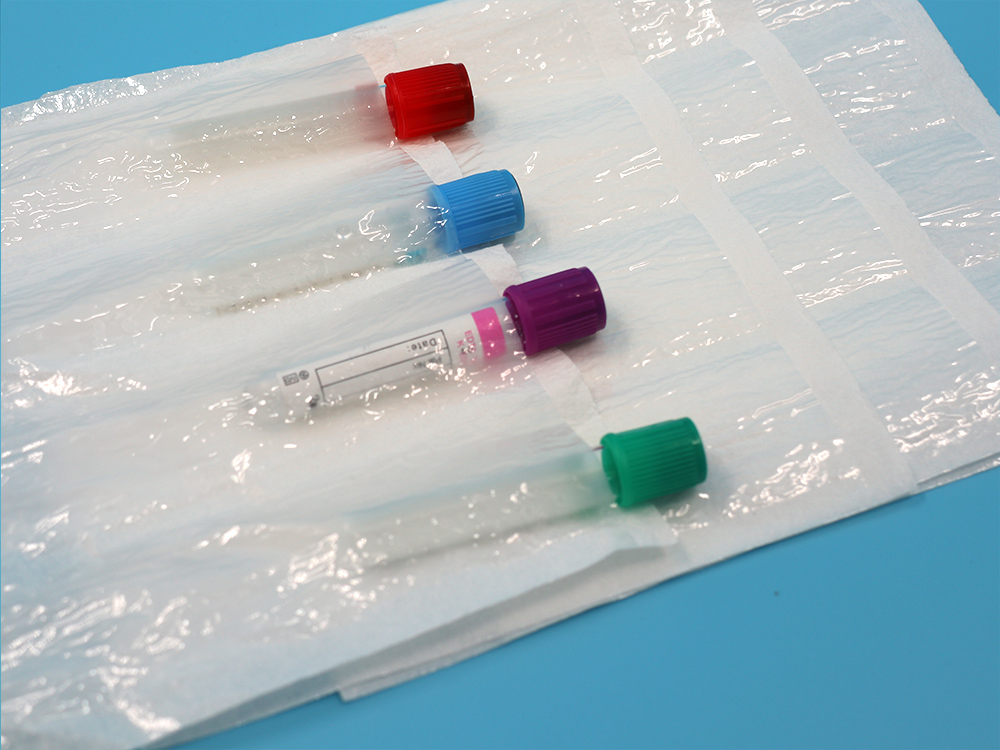Sample Transportation in Laboratory Explained
From pathology to vaccine development, sample transportation is one of the most important stages of the preanalytical pathway.
While transporting samples from A to B may seem like a simple task, a variety of factors make the process challenging, complex and highly specialised. Ultimately, sample transportation can have a direct impact on results. This is why every laboratory should have clear guidelines in place to streamline sample transportation processes and safeguard specimens.
Want to know more about sample transportation in laboratory? Read on for our complete guide to sample transportation, covering everything you need to know about collection and storage protocols, temperatures, freeze drying, health and safety precautions and more.
Why is a good sample transportation strategy important?
A good sample transportation strategy is about more than simply moving specimens from one place to another. In laboratories, best-practice sample transportation works to achieve the following goals:
Eliminating sample contamination
Transportation exposes laboratory samples to a variety of risks, including contamination. This can occur when samples are being transported between locations during transit or in the laboratory. For example, this can occur when a storage vessel is cracked and contaminants such as oxygen or bacteria particles contact the sample. For this reason, samples are often transported in Styrofoam boxes or insulating vacuum flasks. Incorrectly sealed containers, close proximity to other samples and exposure to airborne laboratory contaminants can also pose a risk.
- Avoiding delays in laboratory results
One of the main goals of a good sample transportation strategy is to minimise and ideally eliminate delays in laboratory results. Ideally, sample transportation should see specimens travel between destinations as quickly as possible, without any unplanned interruptions. In a worst-case scenario, a flawed sample transportation strategy could result in specimens being lost or destroyed.
- Preserving the integrity of samples
The moment samples are extracted from their source and stored in a vessel, their integrity is at risk. A good sample transportation strategy should take steps to preserve the integrity of samples during every stage of transport. This includes transport from the collection site to the laboratory, as well as transport within the laboratory.
Most laboratories require serum samples to be stored at temperatures of −20°C or less during longer periods of transport. During transit, they should be stored in portable fridges or on frozen ice packs. Other sensitive specimens, such as blood samples, may be damaged by agitation, exposure to daylight and other physical factors.


No responses yet